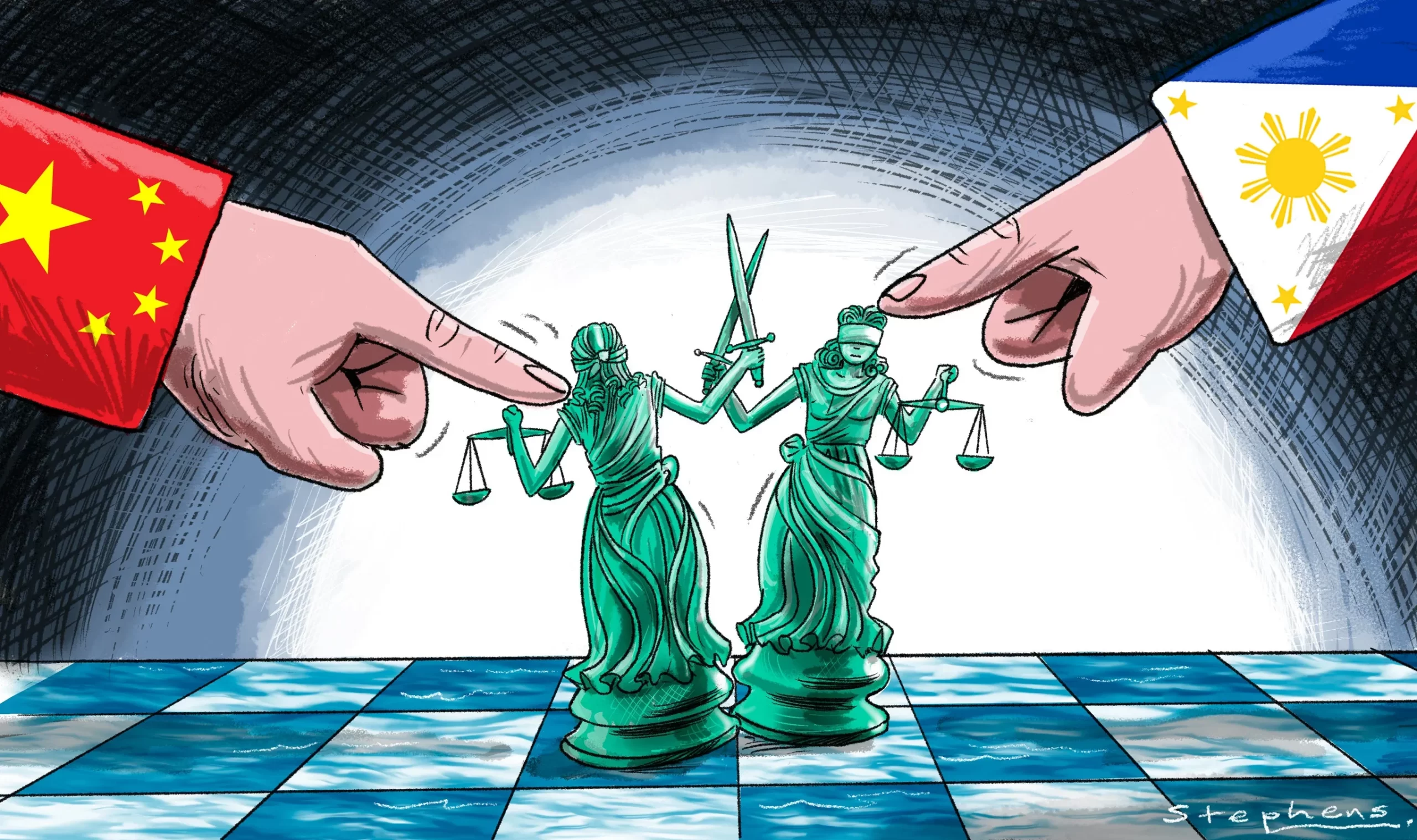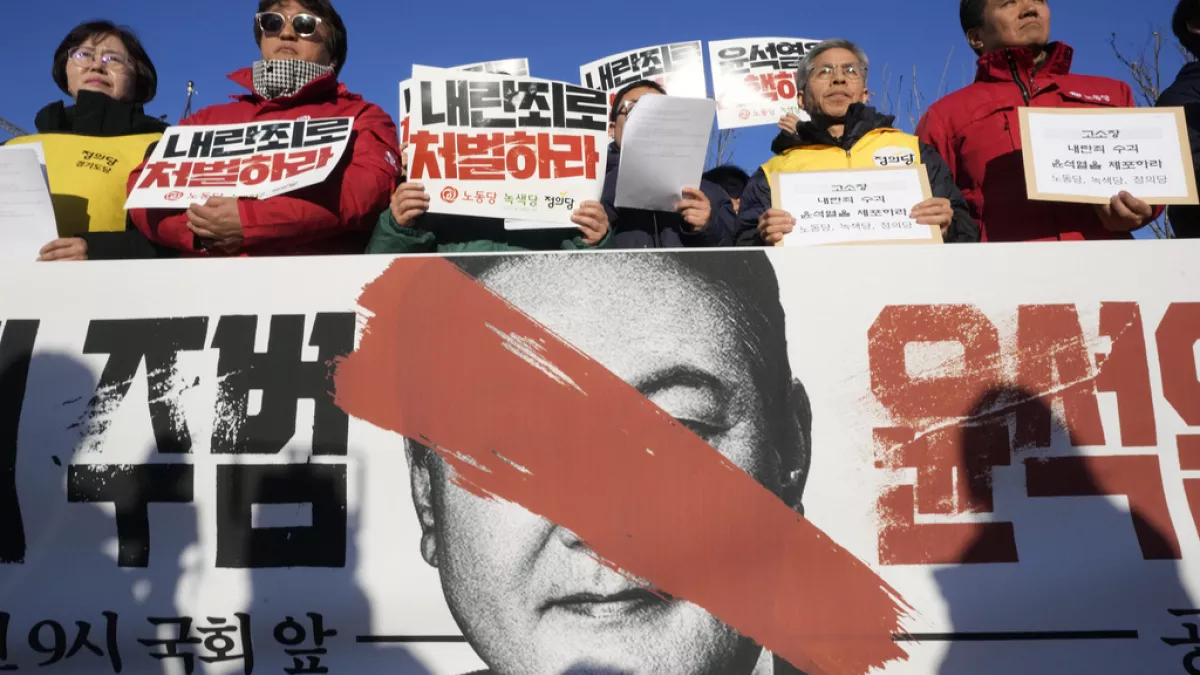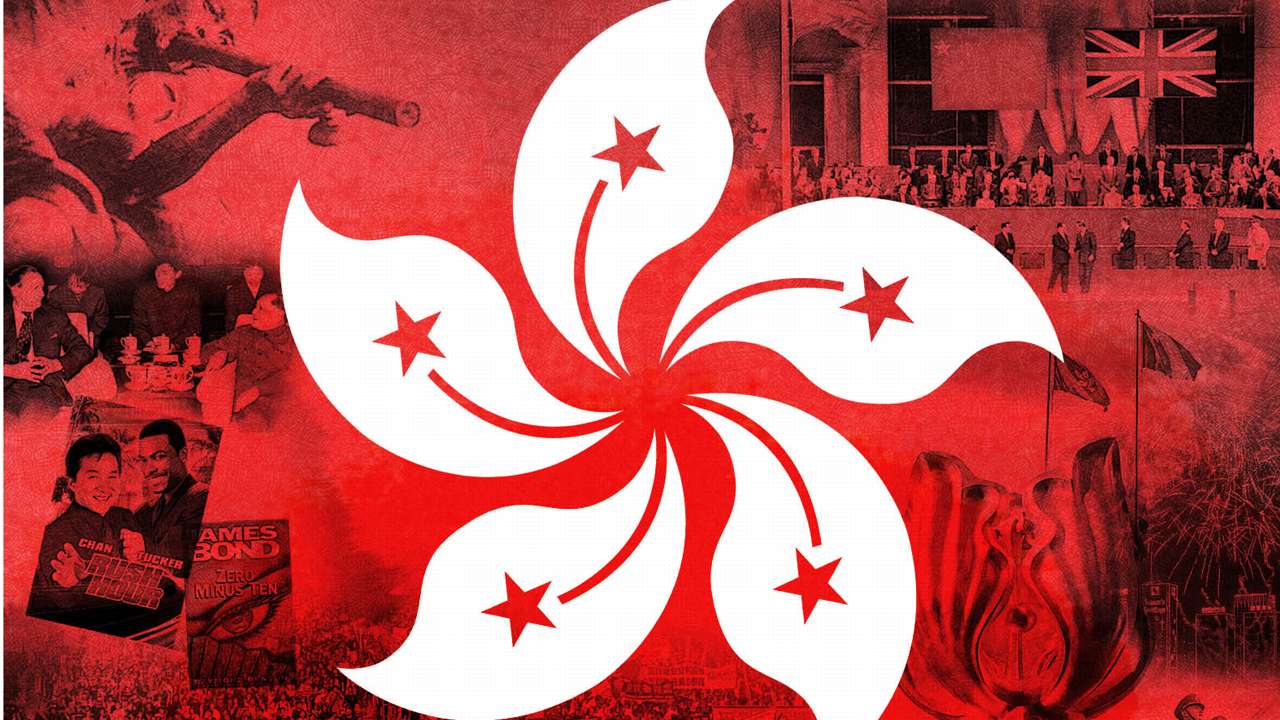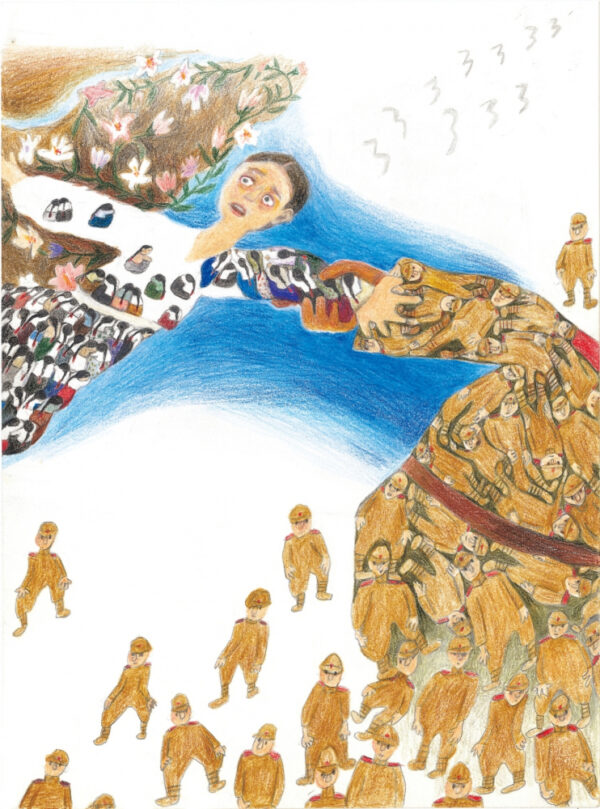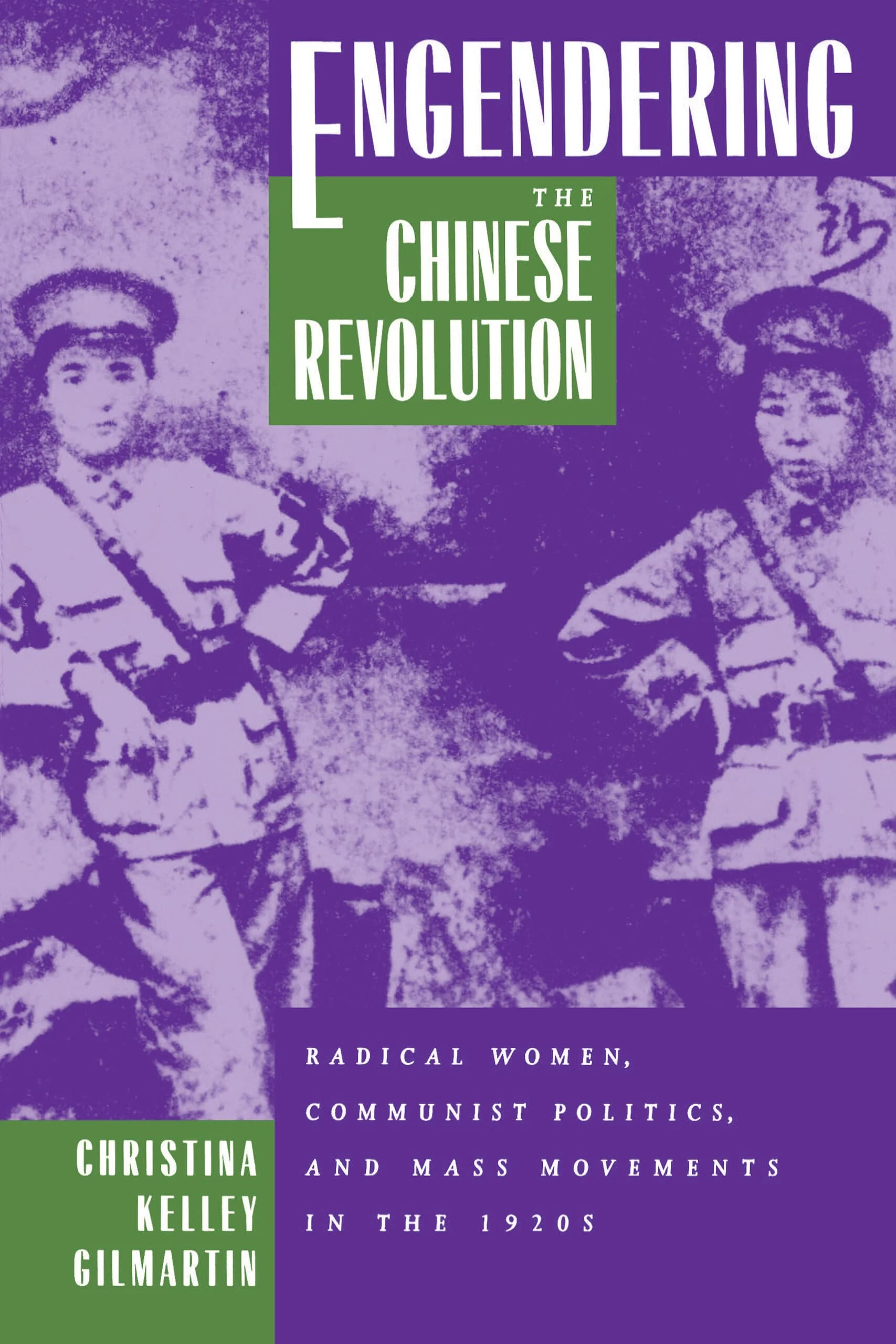Since 2023, the South China Sea, a 3.5 million km² body of water south of China and in between the Philippines, has been the source of escalation and tension between China and the Philippines.[1] The main conflict has occurred in the Second Thomas Shoal, which is legally Filipino territory and a part of their exclusive economic zone (EEZ), according to the international tribunal rulings from 2016.[2] However, China claims historical rights to majority of the South China Sea, including the Shoal, through the nine-dash line, an unofficial Chinese map.[3] The Philippines has contested China’s expansive claims under this map and called out the violent military tactics of Chinese vessels and naval militia against Filipino vessels in the Shoal, particularly after the incident when Chinese ships collided into Filipino vessels to prevent them from resupplying the Sierra Madre.[4] Last month, China’s top diplomat Wang Yi announced the completion of the third reading of the Code of Conduct at the Association of Southeast Asian Nations (ASEAN).[5] However, many scholars argue that this does not propel progress on the dispute, as the most contested aspects, such as international law, geographic scope, and dispute settlement mechanisms, have yet to be addressed.[6]
A primary concern to this issue is the potential for escalation to an armed attack or war between China and the Philippines, which would destabilize regional security in Asia and impact international shipping lanes, affecting economies around the world.[7] As U.S. Defense Secretary Pete Hegseth promises increased deterrence and work with Manila against China’s aggression in the South China Sea,[8] more importantly for North America and Canada, if Manila declares war, we could expect involvement from the U.S. under the Mutual Defense Treaty, as well as provoking other allies to join in the dispute.[9]
Manila’s Current Response in the South China Sea Dispute
Upon China’s original actions in the South China Sea, the Philippines responded by strengthening their historical alliance with the U.S. and expanding the Enhanced Defense Cooperation Agreement (EDCA), which originally provided the American military with temporary access to five Filipino bases, to include four more locations, to bolster the Philippines’ deterrence capabilities and modernize their military capacity and infrastructure through American training.[10] China’s hardline stance in the dispute has also led the Philippines, under President Ferdinand Marcos Jr., to strengthen their security partnerships with Indo-Pacific neighbours such as Japan, to counter China’s power in the region.[11]
Currently, the Philippines’ foreign policy orientation appears to be focused on asserting Filipino sovereignty, modernizing the Armed Forces, and increasing security ties.[12] Additionally, Manila has expressed that they wish to resolve the dispute through diplomatic negotiations and maintain good economic relations with China,[13] which is necessary for the Philippines to ensure their access to the Chinese market and secure Chinese public investment for President Marcos Jr.’s “Build Better More” infrastructure development programme.[14] While President Marcos Jr. appears to be taking a more pragmatic foreign policy approach to the current South China Sea dispute, President Xi Jinping clearly wants to secure regional power, which is straining their bilateral relations.[15] This not only complicates Manila’s pursuit of its national interests, but challenges Canada, as well as other allies’ abilities, to predict Manila’s future policy.[16]
However, due to the Philippines’ centralized decision-making structure, where the leader wields significant influence, I foresee that the current pragmatic stance of President Marcos Jr. will continue to largely shape Manila’s foreign policy in the South China Sea dispute. Furthermore, I will argue that upon examination of these factors, there are low implications for an outbreak of direct armed conflict or war between the Philippines and China.
The Philippines’ Institutional Architecture
Foreign policy in the Philippines is developed primarily by state bodies with power shared between the executive, legislative, and judicial branches of government, for checks and balances.[17] However, the Philippines is infamous for being a “Pangulo Regime,”[18] meaning that ultimately, foreign policy decision is largely dictated by the president, which is why Manila’s foreign policies shift significantly under changes in administration.[19] Currently, President Ferdinand Marcos Jr. is the predominant leader,[20] who despite being advised by the Department of Foreign Affairs, has direct authority to deal with foreign states and governments, maintain diplomatic relations, sign treaties,[21] and allow the commitment or withhold of government resources. In regard to the process outcome, agreements do need to be approved by a two-thirds majority vote in the Senate and upper House of Congress to become a foreign policy action, but this does not reduce the amount of influence President Marcos Jr. possesses.[22]
Analyzing the political structure of the Philippines is important because it demonstrates that President Marcos Jr. wields enormous power in shaping foreign policy actions, which in turn, means how he personally assesses the situation in the South China Sea will determine the actions of Manila. Especially since President Marcos Jr. has replaced many of his close Cabinet members upon his win,[23] we can foresee that he probably has individuals who hold similar views as him nearby and could be relatively insensitive to moderately sensitive towards other people’s opinions, specifically those that oppose his,[24] further solidifying that his stance on the issue will be translated into Manila’s foreign policy decisions.[25]
The Return of the Marcos Political Dynasty: Ferdinand Marcos Jr.
Ferdinand Marcos Jr., the man at the centre of Manila’s foreign policy, is the sole son of former dictator Ferdinand Marcos Sr., who was president of the Philippines from 1965-86 and brought in martial law and oppression of society.[26] President Marcos Jr. had grown up to believe his father brought in a “golden period”[27] of growth and prosperity in the Philippines,[28] which was why he was also determined to devote his life to the public service and the welfare of his people. Before winning the presidency, Marcos Jr. served as a Representative of the 2nd District of the Province of Illocos Norte and Chairman of the Senate Committee on Local Government, where he focused on clean, sustainable energy and supporting lives of workers.[29] During his campaigns for the presidency, President Marcos Jr. emphasized unity and used windmills as a symbol of hope and resilience to signify a new age in the Philippines’ determination to tackle urgent issues and advance development, which successfully resonated with many Filipinos.[30]
In terms of President Marcos Jr.’s operational code, he appears to believe in taking a pragmatic approach to the international political landscape and any conflicts that arise in it, through the implementation of a “balanced foreign policy.”[31] President Marcos Jr.’s efforts to balance interests between U.S. and China, being protected by the American security umbrella but reaping economic benefits from China,[32] directly showcase this belief. Additionally, President Marcos Jr. vocalizes his belief of adherence to international law as a diplomatic tool to navigate the South China Sea dispute.[33] He also often makes centrist claims,[34] showcasing that he is a believer of gradual change. Relatedly, he could be described as a leader who holds the teleological belief that states can move toward improvement, as demonstrated by his Presidential campaign promises and how frequently he uses the term “our journey to progress” in his statements.[35] However, despite being more willing to assert Filipino sovereignty than his predecessor Duterte, President Marcos Jr. is still cautious with his actions, continuing to have bilateral consultations with China to avoid possibilities of war in the South China Sea.[36] Ultimately, it is critical to recognize President Marcos Jr.’s background and beliefs, to understand why Manila has currently reacted the way it has, and to predict how they will act in the future. Although belief systems do not always directly determine decision-making, it is an important variable that shapes decision-making behaviour.[37] Especially given that Manila’s foreign policy decision unit is a predominant leader, Philippine foreign policy will most likely reflect the views and beliefs President Marcos Jr. has about international relations and diplomacy, but also his overall personality.
Inside The Mind of Manila
To fully capture Philippine foreign policy and decision-making, one must consider more factors than solely President Marcos Jr.’s beliefs such as biases and heuristics, which are ways individuals process and understand information and in turn, the world around them.[38] Since these qualities are less visible, prediction of how it would be applied to a leader is harder, but, to further Canada’s ability to comprehend what drives Manila’s current strategies and what could influence their future policy trajectories, it is important to analyze heuristics and biases in relation to President Marcos Jr.
First, prospect theory could help explain Manila’s risk-averse behaviour in avoiding direct military confrontation with China. Because they saw themselves as operating in the domain of gains,[39] the Philippines might have chosen to avoid risk and maintain reasonably cordial relations with China. Nonetheless, the Philippines is still taking calculated risks in asserting their state sovereignty and territorial claims by openly calling out China for their provocative acts in the South China Sea and discussing with the Chinese Ambassador to the Philippines about how China’s behaviours run contrary to the agreements President Xi Jinping made with President Marcos Jr.[40] The Philippines may believe that are in a domain of gains as a result of the 2016 arbitral tribunal, which recognized the Second Thomas Shoal, where the majority of the current tensions occur, as Philippine sovereign territory.[41] Therefore, Manila may not be taking risky actions because they are confident that China is trying to illicitly claim territory that is rightfully theirs.[42] However, if Manila relies too heavily on the arbitral ruling as reference points in their diplomatic engagements, they could find difficulties changing their plans if China were to take an unpredictable action such as increasing conflict through naval missiles, which is characteristic of the anchoring bias.[43]
Furthermore, knowing the president’s influence on the Philippines’ foreign policy, Manila might interpret new information from the dispute as confirmation of President Marcos Jr.’s existing beliefs,[44] which as noted by the confirmation bias, might hinder their ability to make objective and effective decisions.[45] Overall, recognizing the role prospect theory, anchoring bias, and confirmation bias is important because it helps explain how they play a role in shaping Manila’s current actions. Additionally, this analysis helps Canada and other allies of China, the U.S., and the Philippines, predict what actions and why the Philippines might take, especially when faced with pressure or Chinese escalation.
The Future of The Troubled Waters
Overall, it is the dynamic interaction of political structures, leadership beliefs, and biases, that shape the Philippines’ foreign policy regarding the South China Sea dispute. With the analysis of both the Philippines’ political structure and President Marcos Jr. as an individual, there are a few conclusions we can safely draw. First, as of now, it is not very likely that the tensions in the South China Sea between the Philippines and China will escalate to a breakout of war. In addition to openly stating that the Philippines would not declare war until there is a Filipino casualty,[46] President Marcos Jr. appears to remain steadfast in having peaceful relations with China, stating that South China Sea dispute, does not define the overarching bilateral relationship of the two countries.[47] However, President Marcos Jr. will probably continue to strengthen defense partnerships, primarily with the US, to ensure their own security and regional stability against China’s growing influence.[48] The Philippines, under large influence of President Marcos Jr. has not crossed the Rubicon and still in a deliberative mindset, rationally calculating the costs of a war and being more sensitive to different information about the dispute before making a decision.[49] Fortunately, this means that the Philippines is more likely to continue their pragmatic approaches of handling the South China Sea dispute and Canada can hope that Manila’s approach will effectively deter China.
Grace Choi is a third-year student specializing in International Relations. Born in South Korea and growing up in Canada, Grace has always been passionate about history and diplomacy, especially within the Asian periphery, in relation to Canada and the Pacific. Grace was the Associate Editor-in-Chief, and will be assuming as the Editor-in-Chief this fall. Her main areas of research are international affairs, particularly international development/economy, security, and climate policies, as well as human rights and nation building post-conflict.
Footnotes
David A. Welch, “10 Things You Should Know About the Recent South China Sea Ruling,” Center for International Governance Innovation, July 18, 2016, https://www.cigionline.org/articles/10-things-you-should-know-about-recent-south-china-sea-ruling/.
“1895-2024 China’s Maritime Disputes,” Council on Foreign Relations, accessed October 13, 2024, https://www.cfr.org/timeline/chinas-maritime-disputes. ↑
Tessa Wong and Joel Guinto, “Sabina Shoal: The new flashpoint between China and the Philippines,” British Broadcasting Corporation (BBC), August 30, 2024, https://www.bbc.com/news/articles/cp3d4rz922do. ↑
Center for Preventive Action, “Territorial Disputes in the South China Sea,” Council on Foreign Relations, September 17, 2024, https://www.cfr.org/global-conflict-tracker/conflict/territorial-disputes-south-china-sea. ↑
Shi Jiangtao, “Beijing declared milestone on South China Sea Code of Conduct. Is it progress or a tactic?”, South China Morning Post, April 8, 2025, https://www.scmp.com/news/china/diplomacy/article/3305473/beijing-declared-milestone-south-china-sea-code-conduct-it-progress-or-tactic. ↑
Jiangtao, “Beijing declared Milestone.” ↑
Wong and Guinto, “Sabina Shoal: The New Flashpoint.” ↑
Jim Gomez, “Hegseth tells Philippines the Trump administration will ramp up deterrence against China threat,” AP News, https://apnews.com/article/pete-hegseth-philippines-south-china-sea-8d77bd438667895aca30a86f2e07d1b2. ↑
“Philippines warns of region-wide conflict over South China Sea reef dispute,” Financial Times, accessed October 13, 2024, https://www.ft.com/content/b159b5a6-ba06-401c-8585-bc71ad73a69f. ↑
Don McLain Gill, “Navigating Contemporary Philippine Foreign Policy Under Marcos Jr.,” Observer Research Foundation (ORF) Issue Brief No. 645, June 2023, https://www.orfonline.org/public/uploads/posts/pdf/20240610211919.pdf, 12. ↑
Renato Cruz De Castro, “The Marcos Administration’s Foreign Policy towards the Great Powers: Seeking the Elusive Balance in Dealing a Changing Indo-Pacific Region,” East Asian Policy (Singapore) 15, no. 4 (2023): 114-115, https://doi.org/10.1142/S1793930523000314. ↑
Renato Cruz De Castro, “The Marcos Administration’s Foreign Policy towards the Great Powers: Seeking the Elusive Balance in Dealing a Changing Indo-Pacific Region,” 114-115. ↑
“Philippines won’t be ‘intimidated’ but won’t start war amid row with China,” Aljazeera, June 23, 2024, https://www.aljazeera.com/news/2024/6/23/philippines-wont-be-intimated-but-wont-start-war-amid-row-with-china. ↑
De Castro, 115. ↑
Don McLain Gill, “Navigating Contemporary Philippine Foreign Policy Under Marcos Jr.,” 12. ↑
McLain Gill, “Navigating Contemporary Philippine Foreign Policy Under Marcos Jr.,” 12. ↑
Raymund Jose Quilop, “Consistency amid Seeming Shifts: Philippine Foreign Policy between the United States and China,” Contemporary Southeast Asia 46, no. 1 (2024): 148, https://doi.org/10.1355/cs46-1g. ↑
Raymund Jose Quilop, “Consistency amid Seeming Shifts: Philippine Foreign Policy between the United States and China,” 148. ↑
Quilop, 148. ↑
Margaret G. Hermann, “How Decision Units Shape Foreign Policy: A Theoretical Framework,” International Studies Review 3, no. 2 (2001): 52-57. http://www.jstor.org/stable/3186565. ↑
Quilop, 148. ↑
Margaret G. Hermann, “How Decision Units Shape Foreign Policy: A Theoretical Framework,” 58. ↑
President: Republic of the Philippines, Administration, (Manila), https://pbbm.com.ph/administration/. ↑
Hermann, 64-67. ↑
Hermann, 73. ↑
Howard Johnson and Zubaidah Abdul Jalil, “Ferdinand Marcos Jr sworn in as Philippines president, replacing Duterte,” British Broadcasting Corporation (BBC), June 30, 2022, https://www.bbc.com/news/world-asia-61976940. ↑
Howard Johnson and Zubaidah Abdul Jalil, “Ferdinand Marcos Jr sworn in as Philippines president, replacing Duterte.” ↑
President: Republic of the Philippines, About Ferdinand R. Marcos Jr. The 17th President of the Republic of the Philippines. ↑
Ibid. ↑
Ibid. ↑
De Castro, 97. ↑
De Castro, 114.
Alexander C. Tan, “The Philippines in 2023: Politics, Economy, and Foreign Affairs under Marcos Jr,” Asian Survey 64, no. 2 (2024): 305, https://doi.org/10.1525/as.2024.64.2.299. ↑
De Castro, 105. ↑
Presidential Communications Office, 2nd State of the Nation Address of His Excellency Ferdinand R. Marcos Jr. President of the Philippines to the Congress of the Philippines, July 24, 2023, https://pco.gov.ph/presidential-speech/2nd-state-of-the-nation-address-of-his-excellency-ferdinand-r-marcos-jr-president-of-the-philippines-to-the-congress-of-the-philippines/. ↑
De Castro, 105. ↑
Alexander L. George, “The ‘Operational Code’: A Neglected Approach to the Study of Political Leaders and Decision-Making,” International Studies Quarterly 13, no. 2 (1969): 191, https://doi.org/10.2307/3013944. ↑
Martha L. Cottam et al., “Cognition, Social Identity, Emotions, and Attitudes in Political Psychology,” in Introduction to Political Psychology, 37-38, (United States: Psychology Press, 2010), https://doi.org/10.4324/9780203848777-7. ↑
Rose McDermott, “Prospect Theory in International Relations: The Iranian Hostage Rescue Mission,” Political Psychology 13, no. 2 (1992): 238, https://doi.org/10.2307/3791680. ↑
Alexander C. Tan, “The Philippines in 2023: Politics, Economy, and Foreign Affairs under Marcos Jr,” 304-305. ↑
Martha L. Cottam et al., “Cognition, Social Identity, Emotions, and Attitudes in Political Psychology,” 37-38; “1895-2024 China’s Maritime Disputes,” Council on Foreign Relations. ↑
McLain Gill, 13. ↑
Martha L. Cottam et al., 40. ↑
Shankar Vedantam, “Facts aren’t Enough,” in Hidden Brains, https://hiddenbrain.org/podcast/facts-arent-enough/ ↑
Martha L. Cottam et al., 41-42. ↑
“Philippines warns of region-wide conflict over South China Sea reef dispute,” Financial Times, https://www.ft.com/content/b159b5a6-ba06-401c-8585-bc71ad73a69f. ↑
De Castro 106. ↑
De Castro, 113-115. ↑
Dominic D.P. Johnson and Dominic Tierney, “The Rubicon Theory of War: How the Path to Conflict Reaches the Point of No Return,” International Security 36, no. 1 (2011): 7-15, https://doi.org/10.1162/ISEC_a_00043. ↑
Bibliography
“1895-2024 China’s Maritime Disputes.” Council on Foreign Relations. Accessed on October 13, 2024. https://www.cfr.org/timeline/chinas-maritime-disputes.
De Castro, Renato Cruz. “The Marcos Administration’s Foreign Policy towards the Great Powers: Seeking the Elusive Balance in Dealing a Changing Indo-Pacific Region.” East Asian Policy (Singapore) 15, no. 4 (2023): 95–115. https://doi.org/10.1142/S1793930523000314.
George, Alexander L. “The ‘Operational Code’: A Neglected Approach to the Study of Political Leaders and Decision-Making.” International Studies Quarterly 13, no. 2 (1969): 190–222. https://doi.org/10.2307/3013944.
Gomez, Jim. “Hegseth tells Philippines the Trump administration will ramp up deterrence against China threat.” AP News. Accessed on April 8, 2025. https://www.scmp.com/news/china/diplomacy/article/3305473/beijing-declared-milestone-south-china-sea-code-conduct-it-progress-or-tactic.
Hermann, Margaret G. “How Decision Units Shape Foreign Policy: A Theoretical Framework.” International Studies Review 3, no. 2 (2001): 47–81. https://doi.org/10.1111/1521-9488.00234.
Johnson, Dominic D.P, and Dominic Tierney. “The Rubicon Theory of War: How the Path to Conflict Reaches the Point of No Return.” International Security 36, no. 1 (2011): 7–40. https://doi.org/10.1162/ISEC_a_00043.
Johnson, Howard, and Zubaidah Abdul Jalil. “Ferdinand Marcos Jr sworn in as Philippines president, replacing Duterte.” British Broadcasting Corporation (BBC). June 30, 2022. https://www.bbc.com/news/world-asia-61976940.
McDermott, Rose. “Prospect Theory in International Relations: The Iranian Hostage Rescue Mission.” Political Psychology 13, no. 2 (1992): 237–63. https://doi.org/10.2307/3791680.
McLain Gill, Don. “Navigating Contemporary Philippine Foreign Policy Under Marcos Jr.” Observer Research Foundation (ORF) Issue Brief No. 645 (2023): 1-20. https://www.orfonline.org/public/uploads/posts/pdf/20240610211919.pdf.
“Philippines warns of region-wide conflict over South China Sea reef dispute.” Financial Times, accessed on October 13, 2024. https://www.ft.com/content/b159b5a6-ba06-401c-8585-bc71ad73a69f.
“Philippines won’t be ‘intimidated’ but won’t start war amid row with China.” Aljazeera. June 23, 2024. https://www.aljazeera.com/news/2024/6/23/philippines-wont-be-intimated-but-wont-start-war-amid-row-with-china.
Presidential Communications Office. 2nd State of the Nation Address of His Excellency Ferdinand R. Marcos Jr. President of the Philippines to the Congress of the Philippines. July 24, 2023. https://pco.gov.ph/presidential-speech/2nd-state-of-the-nation-address-of-his-excellency-ferdinand-r-marcos-jr-president-of-the-philippines-to-the-congress-of-the-philippines/.
President: Republic of the Philippines. About Ferdinand R. Marcos Jr.: The 17th President of the Republic of the Philippines. Accessed on October 14, 2024. https://pbbm.com.ph/administration/.
President: Republic of the Philippines. Administration. Accessed on October 14, 2024. https://pbbm.com.ph/administration/.
Quilop, Raymund Jose. “Consistency amid Seeming Shifts: Philippine Foreign Policy between the United States and China.” Contemporary Southeast Asia 46, no. 1 (2024): 147–69. https://doi.org/10.1355/cs46-1g.
Shi, Jiangtao. “Beijing declared milestone on South China Sea Code of Conduct. Is it progress or a tactic?.” South China Morning Post. Accessed on April 8, 2025. https://www.scmp.com/news/china/diplomacy/article/3305473/beijing-declared-milestone-south-china-sea-code-conduct-it-progress-or-tactic.
Tan, Alexander C. “The Philippines in 2023: Politics, Economy, and Foreign Affairs under Marcos Jr.” Asian Survey 64, no. 2 (2024): 299–307. https://doi.org/10.1525/as.2024.64.2.299.
“Territorial Disputes in the South China Sea.” Center for Preventive Action. Council on Foreign Relations, September 17, 2024. https://www.cfr.org/global-conflict-tracker/conflict/territorial-disputes-south-china-sea.
Welch, David A. “10 Things You Should Know About the Recent South China Sea Ruling.” Center for International Governance Innovation. July 18, 2016. https://www.cigionline.org/articles/10-things-you-should-know-about-recent-south-china-sea-ruling/.
Wong, Tessa, and Joel Guinto. “Sabina Shoal: The new flashpoint between China and the Philippines.” British Broadcasting Corporation (BBC). August 30, 2024. https://www.bbc.com/news/articles/cp3d4rz922do.


